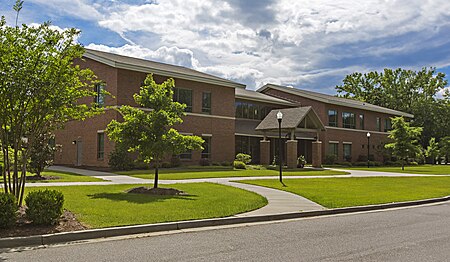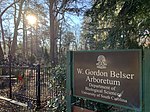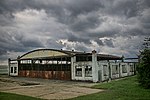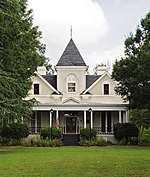Hammond School (South Carolina)

Hammond School, originally James H. Hammond Academy, is a pre-K through 12 college preparatory private school in Columbia, South Carolina, founded in 1966. The school is an accredited day school with the South Carolina Independent School Association (SAIS) and the National Association of Independent Schools (NAIS). The choir is known for its performance for Pope Francis at the 2017 New Years Day Mass at St. Peter's Basilica. The school, which was founded as a segregation academy, is known for its athletic and academic accomplishments. The school's namesake, James Henry Hammond – a brutal slaveholder known for raping his brother's four daughters as well as his sexual exploitation of enslaved women – has been a source of enduring controversy. The current Hammond School head is Andy North.
Excerpt from the Wikipedia article Hammond School (South Carolina) (License: CC BY-SA 3.0, Authors, Images).Hammond School (South Carolina)
Wordsworth Drive, Columbia
Geographical coordinates (GPS) Address External links Nearby Places Show on map
Geographical coordinates (GPS)
| Latitude | Longitude |
|---|---|
| N 33.963704 ° | E -80.96617 ° |
Address
Hammond School
Wordsworth Drive
29209 Columbia
South Carolina, United States
Open on Google Maps







